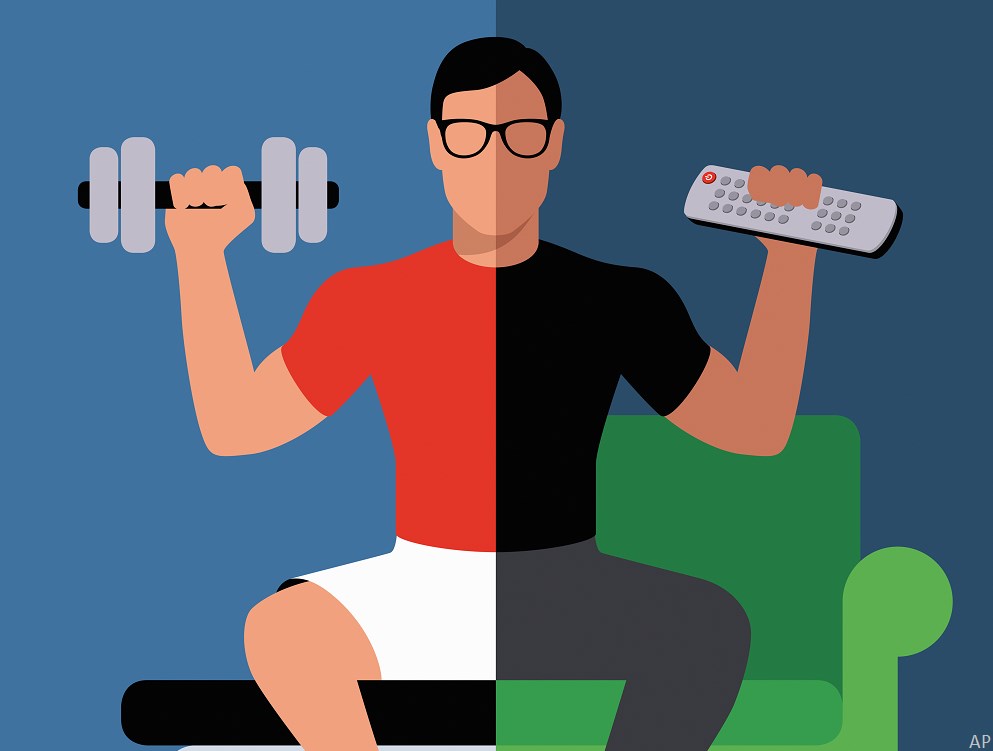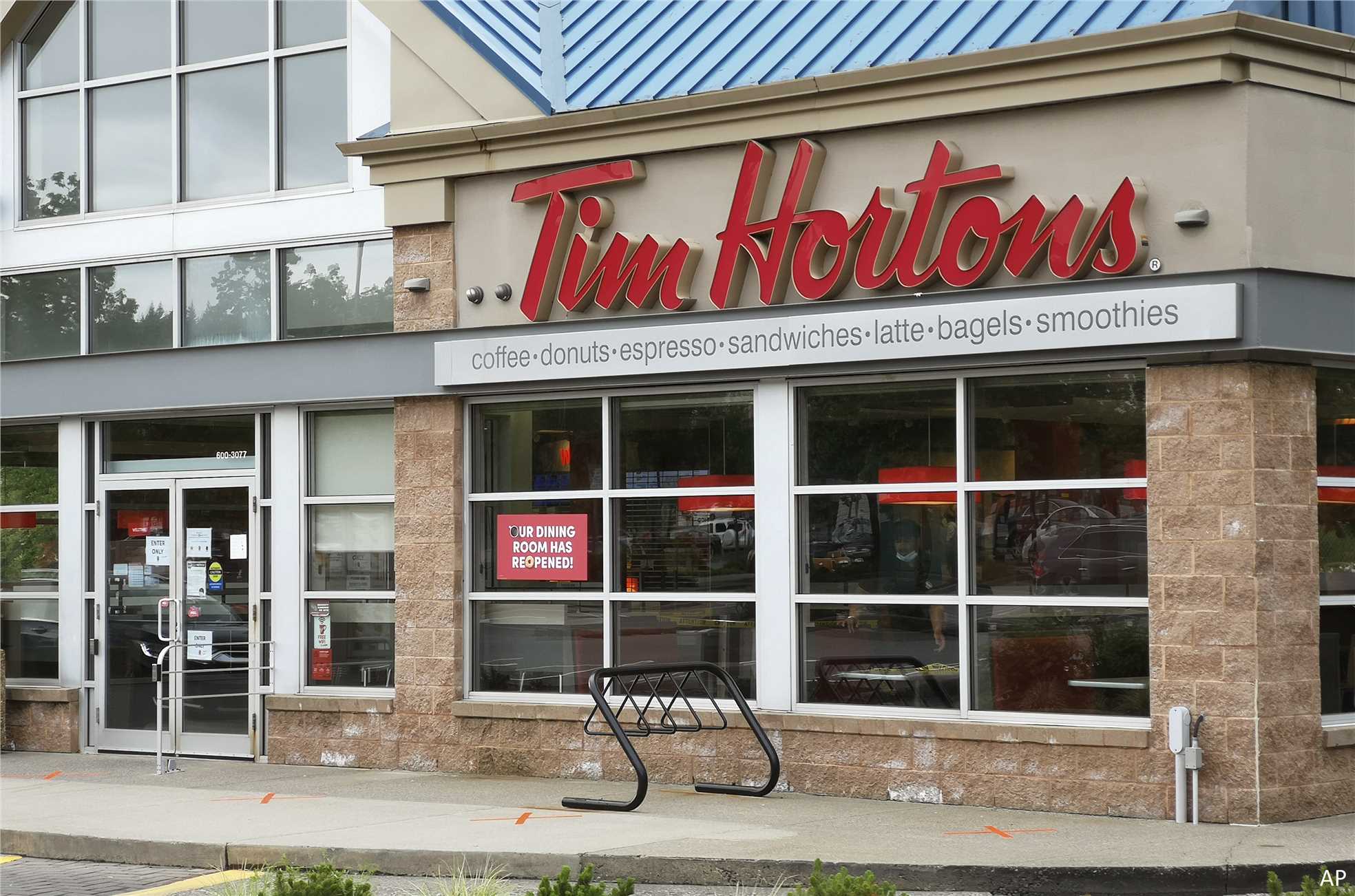
Sportswear was rapidly becoming part of everyday lifestyle before the pandemic-forced lockdowns further blurred the boundaries between activewear and casualwear. As more people turn to home workout routines and buy high-tech exercise equipment, the fitness boom has accelerated demand for activewear. The trend has created a growth tailwind for athleisure companies that are rushing to offer high-performance gear with the versatility and comfort of loungewear.
This bodes well for the global sports apparel market, which is expected to grow exponentially as consumers continue to flock to comfort clothing that fuses elements of fitness and fashion. The athleisure market is projected to reach US$248.1 billion by 2026, growing at 5.1% annually by 2026. According to another forecast the market is poised to grow from US$181 billion in 2019 to US$208 billion in 2025, expanding at an 11% annual clip.
Leading athleisure players have been innovating rapidly to cash in on the newest consumer trends and to consolidate their dominance in a highly competitive market. The following names boast strong brand appeal, consumer loyalty and product offerings that cater to a wide range of sartorial tastes across the world. In the post-pandemic world when the lockdown and social restrictions are lifted, these companies could see pent-up demand for their products create a spring-like rebound for their businesses.
| Nike Inc Class B | ||
| Ticker | NKE | |
| Current yield: | 0.80% | |
| Forward P/E: | 53.76 | |
| Price | US$137.14 | |
| Fair value: | US$107 | |
| Value | 29% premium | |
| Moat | Wide | |
| Moat Trend: | Stable | |
| Star rating: | ** | |
| Data as of Dec 11, 2020 | ||
Sportswear behemoth Nike (NKE) is the largest athletic footwear and apparel brand. While footwear generates about two-thirds of its sales, the company competes aggressively in the athleisure clothing market. Nike sells products worldwide and has production footwork in 40 countries.
Known for its ubiquitous swoosh logo, Nike remains the leader of the athletic apparel market and can overcome the extraordinary challenge of COVID-19, says a Morningstar equity report. The company has an attractive opportunity for growth in emerging markets, particularly in China where it clocked double-digit annual growth from 2015 through 2019. Nike is well-positioned to “overcome the coronavirus crisis to do so again in fiscal 2021 and beyond,” the report says.
The wide-moat firm has racked up a mammoth US$5.5 billion in fiscal 2020 digital sales, and “should benefit as more people in China, India, and other emerging countries move into the middle class and gain broadband access,” asserts Morningstar equity analyst, David Swartz, who recently raised the stock’s fair value from US$100 to US$107, “as the company’s results have rebounded nicely from the depths of the coronavirus store closures.”
Nike’s sustainable competitive advantage stems from its intangible brand asset, which will help “maintain premium pricing and generate economic profits for at least 20 years,” adds Swartz. While Nike faces significant competition, Swartz believes it has proved over a long period that it can maintain share and pricing.
| adidas AG ADR | ||
| Ticker | ADDYY | |
| Current yield: | - | |
| Forward P/E: | 33.44 | |
| Price | US$171.50 | |
| Fair value: | US$105 | |
| Value | 67% discount | |
| Moat | Narrow | |
| Moat Trend: | Stable | |
| Star rating: | * |
|
| Data as of Dec 11, 2020 | ||
The second-largest athletic apparel company in the world, behind Nike, Adidas (ADDYY) produces apparel for competitive athletics, casual activewear, and casual fashion under Adidas and Reebok brands. The firm, which also owns fashion brands Yeezy and Y-3, sells its products across 160 countries through owned and franchise retail stores and e-commerce sites.
While the near-term outlook for the athleticwear and athleisure giant remains “cloudy owing to the recent surge of COVID-19 cases in Europe and the United States,” the company’s performance in both markets has been robust, supported by its athleisure offerings, says a Morningstar equity report. In the U.S., the company’s revenue nearly doubled between 2015 and 2019. “Adidas is gaining market share through fashion products and performance-sports innovations,” notes Swartz, arguing that “these products will allow it to maintain share in North America even if the recent athleisure and retro trends, which have helped the brand, cool off.”
As part of its five-year plan, announced in 2015, the German sportswear major has bulked up its online sales. The firm’s e-commerce, now available in more than 40 countries, grew 34% in 2019 and generated nearly EUR 3 billion in sales. “Narrow-moat Adidas beat our sales and earnings expectations in 2020’s third quarter as 51% e-commerce growth partially offset soft store traffic and wholesale shipments,” notes Swartz, who pegs the stock’s fair value at US$105 per ADR.
Moreover, Adidas has a strong opportunity in the US$31 billion athletic apparel market in China, where it enjoys high pricing and a premium fashion brand status, he adds.
| Gap Inc | ||
| Ticker: | GPS | |
| Current yield: | - | |
| Forward P/E: | 17.15 | |
| Price: | US$20.98 | |
| Fair value: | US$20.50 | |
| Value: | Fairly valued | |
| Moat: | None | |
| Moat trend: | Negative | |
| Star rating: | *** |
|
| Data as of Dec 11, 2020 | ||
Apparel and accessory retailer, Gap (GPS) owns well-known casual and activewear brands including Gap, Old Navy, Banana Republic, Athleta, among others. Old Navy generates nearly half of Gap’s sales. The firm, which also operates e-commerce sites, runs more than 3,200 stores in North America, Europe, and Asia.
Among COVID-19-forced store closures and sales declines, Gap’s emerging athleisurewear brand Athleta has been a bright spot having achieved a 19% compound annual sales growth between 2012 and 2019. The brand, which specializes in athletic apparel for women, generated nearly US$1 billion in sales in 2019, up from $249 million in 2012. “Athleta’s store base (all in North America) grew to 190 stores at the end of 2019 from 65 stores at the end of 2013,” says a Morningstar equity report, pointing out the brand benefits from the current athleisure trend. Presently, though, Athleta accounts for less than 10% of Gap’s total sales and competes against strong rivals like Lululemon.
Reversing declines in sales in the previous two quarters, Gap reported flat year-over-year sales in the third quarter of 2020, primarily boosted by 63% e-commerce growth as both Old Navy and Athleta saw sales propelled by growth in activewear during the pandemic.
Old Navy generates about 80% of Gap’s operating profit and is the second-largest individual apparel brand (behind Nike) in the U.S. Despite the pandemic-led disruption, “Gap has fair liquidity, and we view its Old Navy chain as a solid business,” says Swartz, who puts the stock’s fair value at US$20.50. He regards Gap’s goal of US$10 billion in annual sales for Old Navy (up from $8.0 billion in 2019) as achievable by 2026.
Are You Getting The Right Returns?
Get our free equity indexes to benchmark your portfolio here




















